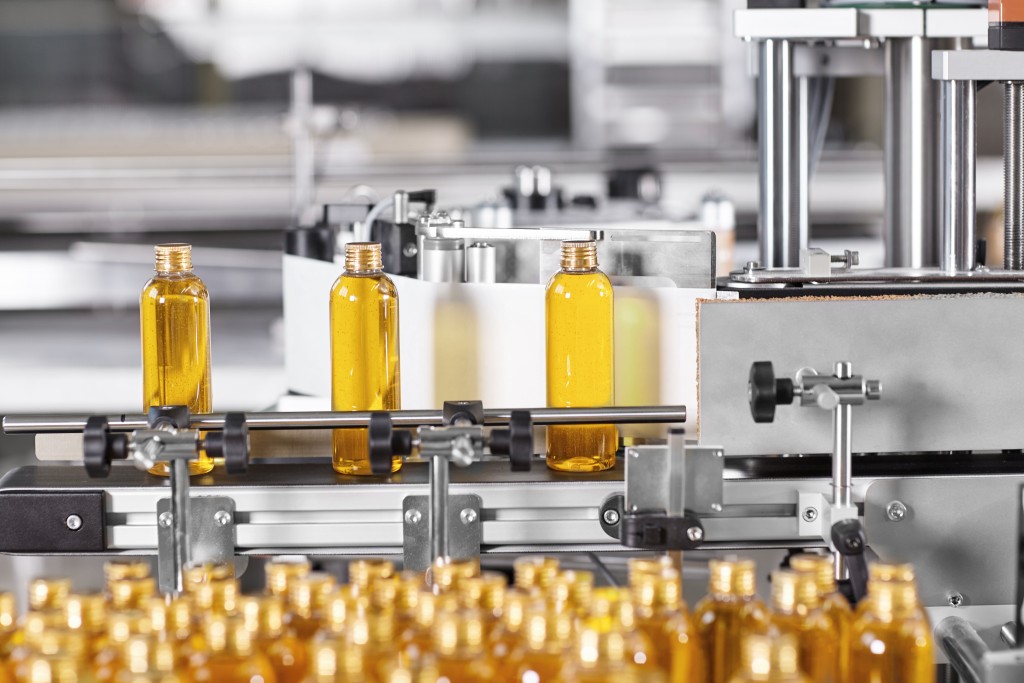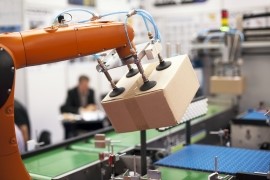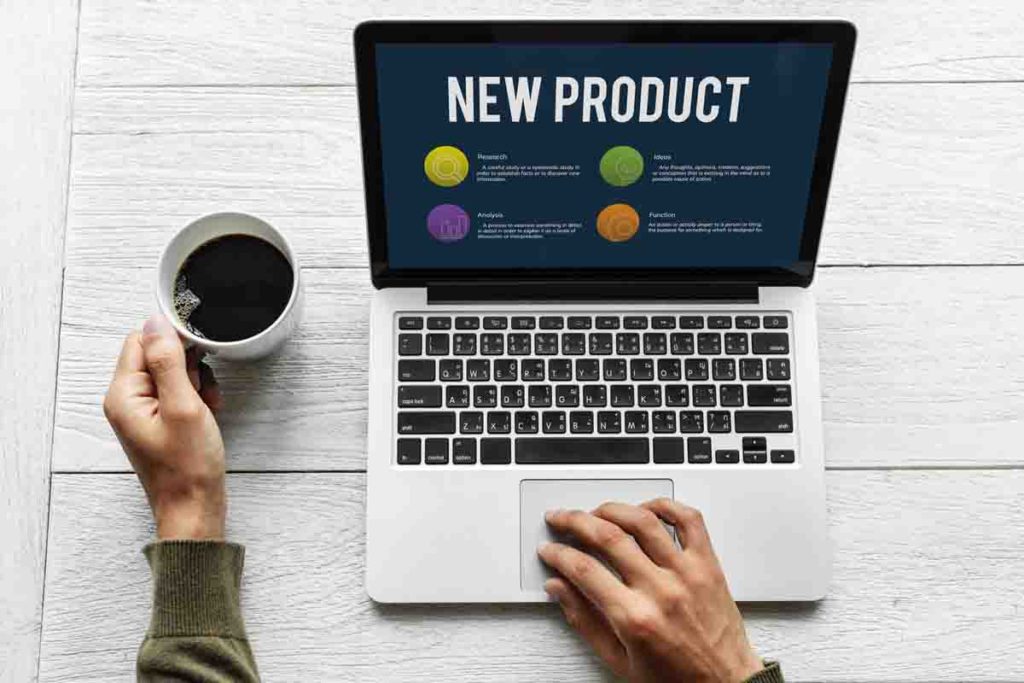Two focuses of my blog are Financial Literacy/Money, Business/Entrepreneurship and Technology. If you’re in the manufacturing sector, you really want to think about streamlining your processes. This will be critical in your operations thriving. The following guest post is entitled, Improving Efficiency in Manufacturing Through Streamlining Processes.
* * *

Manufacturing processes can be complex and inefficient, increasing costs and lower productivity. Streamlining these processes is vital to staying competitive in the manufacturing sector. Companies can reduce waste by taking steps to improve efficiency while still producing high-quality products. This article will discuss some of the most effective ways for manufacturers to optimize their operations for maximum efficiency and cost savings.
Invest in manufacturing automation

Investing in manufacturing automation is one of the most efficient ways to streamline manufacturing processes, reducing costs and increasing productivity. Automation refers to using machines and technology to reduce or replace human labor in repetitive or routine tasks. Investing in manufacturing automation can help to increase efficiency and consistency in the production process, reduce labor costs and minimize errors.
It can also improve the speed of production processes and increase customer satisfaction. Additionally, automation helps manufacturers reduce their environmental impact by consuming less fundamental resources such as water, energy, and raw materials, ultimately leading to a greener bottom line. Manufacturing automation is a financially sound long-term investment that should not be overlooked.
Analyze and improve existing processes
Analyze and improve existing processes.
Here are some ways you can improve your existing processes:
Implement Just-in-Time inventory management
Just-in-time inventory management is an important tool in streamlining manufacturing processes. This popular system works by reducing the amount of product that a cycle must take and ensuring that only the correct parts arrive at the right time to ensure production flows smoothly. The system eliminates wasteful fluctuations in the supply chain, releasing only what is needed at a specific stage.
Implementing just-in-time inventory management requires careful planning and monitoring by manufacturers at every point of the supply chain. It also encourages strategic partnerships with suppliers who can quickly provide parts and materials when necessary. With this method, managers know where to optimize their resources and how to cut costs without affecting quality. Adopting JIT inventory management allows companies to improve their manufacturing process with increased efficiency and faster delivery times, creating additional customer satisfaction.
Improve supply chain efficiency
Supply chain efficiency can be a really important factor in streamlining manufacturing processes. It involves developing strategies to create effective partnerships with suppliers, finding the best way to source materials and products, ensuring that production and supply logistics are aligned, and effectively delivering items on time.
A good strategy for improving supply chain efficiency can help businesses save money by eliminating waste in their inventory, reducing delivery times, resulting in better customer satisfaction, and increasing profitability through better-coordinated operations.
Moreover, cutting down unnecessary delays and reworking is essential for staying competitive in fast-paced markets, which makes an optimized supply chain all the more important. All of these factors combine to improve manufacturing processes and ensure that companies remain successful well into the future.
Leverage predictive maintenance tools
Predictive maintenance tools are essential to streamlining modern manufacturing processes. By leveraging this technology, companies can anticipate problems with machinery and address them proactively instead of waiting for a system failure. This allows manufacturers to reduce purchasing costs while minimizing production downtime and avoiding expensive repairs.
Additionally, predictive maintenance ensures the optimal use of resources and helps align output with demand. As such, it should be considered an integral part of any successful maintenance strategy, enabling efficient equipment management throughout its entire lifecycle.
Invest in technology and data analysis

Investing in technology and data analysis to streamline manufacturing processes is a must for modern businesses. Such investments provide the opportunity to identify where improvements can be made regarding efficiency, time saved, and overall profit satisfaction. Being able to better control the variables involved in production will ultimately reduce unexpected stops or delays caused by the lack of real-time data that could inaccurate results.
Additionally, predictive analytics can help identify trends in production flow while ensuring compliance with safety regulations. It eliminates human error while at the same time providing updated analytics on new trends and ever-changing dynamics to adjust future production plans accordingly. Ultimately, investing in technology and data analysis to streamline manufacturing processes offers invaluable assistance that allows organizations to remain agile and competitive.
Develop an effective quality assurance system
An effective quality assurance system is critical for streamlining manufacturing processes, where the goal is often to produce a product as quickly and efficiently as possible. A successful quality assurance system should help to identify, track, and eliminate inefficiencies within a manufacturing process to reduce costs while maintaining high standards of product quality.
Such a system usually involves multiple steps between production lines, which involve thorough inspections of each step, complete documentation of the products being inspected, and continuous communication between individuals working on different production lines. When an effective quality assurance system is in place, not only will any potential issues be identified quickly, but corrective measures can also be implemented faster, saving time and money.
These are just a few ways manufacturers can optimize their processes for maximum efficiency and cost savings. Businesses can stay competitive in the manufacturing sector by leveraging technology, improving supply chain efficiency, investing in automation, and developing an effective quality assurance system.

